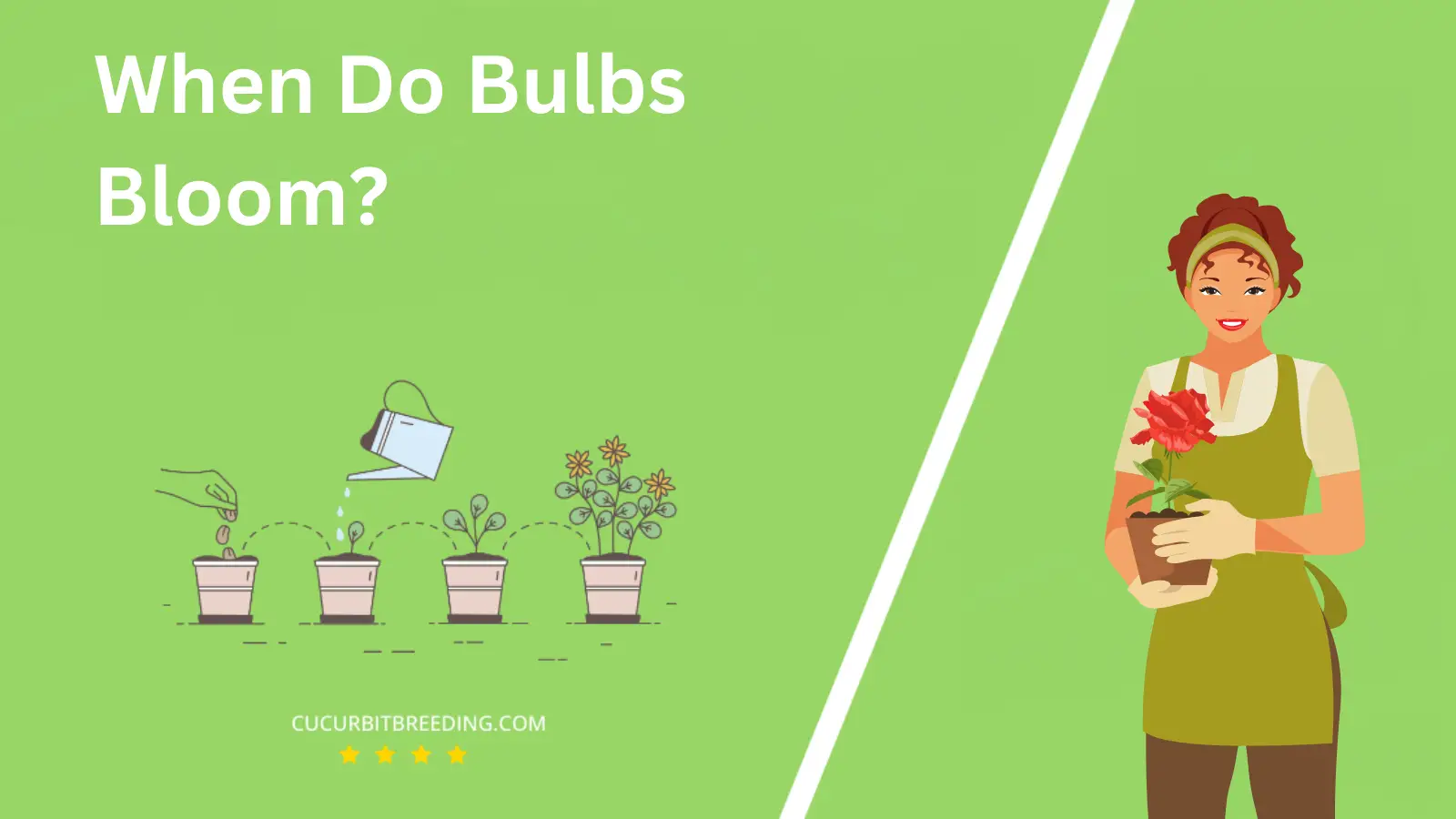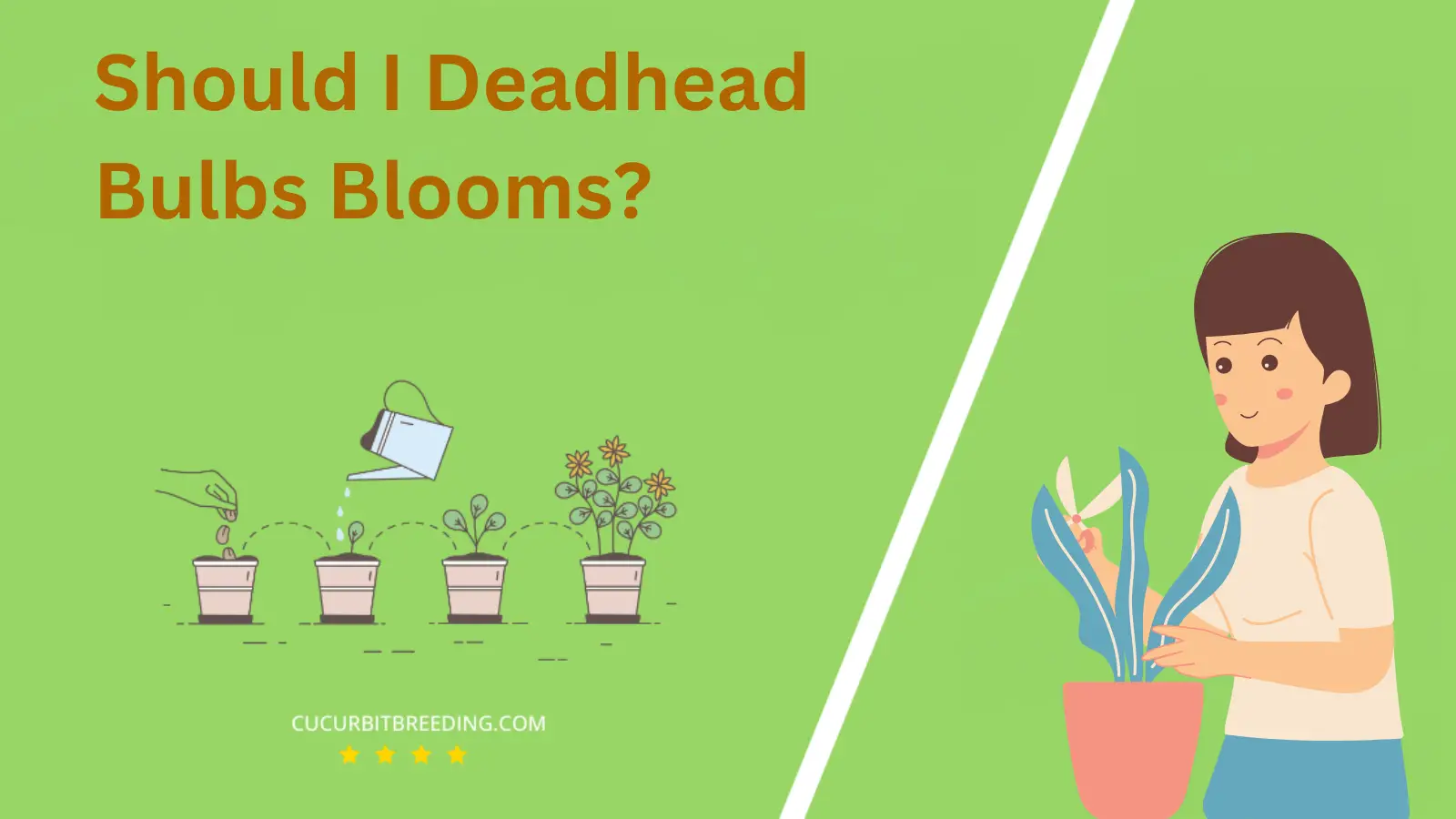
If you’ve ever wondered, “When do bulbs bloom?”, you’re not alone. This question has bewitched countless garden enthusiasts and professional horticulturists alike. Bulbs, the treasure chests of the garden, keep their blooming secrets deeply hidden within their layers.
Unraveling this mystery requires a dive into the fascinating world of these botanical marvels. Let’s embark on a journey to discover the intricate rhythm of nature and the blooming schedules of various bulbs.
When Do Bulbs Bloom?
Bulbous plants bloom at different times depending on their species and variety. Spring-flowering bulbs like tulips, daffodils, and hyacinths typically bloom in late winter or early spring. They are usually planted in the fall before the first frost.
Summer-flowering bulbs such as lilies, dahlias, and gladioli, bloom in the summer and are typically planted in the spring after the last frost. Meanwhile, fall-flowering bulbs like autumn crocus and nerines bloom in the fall and are usually planted in late summer or early fall.
It’s important to remember that the blooming time can also be influenced by the specific growing conditions and the local climate.
| Stage | Description |
|---|---|
| Germination | Spring (March to May) |
| Growth | Spring (March, April, May) |
| Blooming | Spring (March-May) |
| Dormancy | Winter (December-February) |
How Long Do Bulbs Bloom?
The blooming period of bulbs varies based on the type. Tulips and daffodils, for instance, blooming periods range from one to three weeks, usually in mid-spring. Summer bulbs such as lilies often bloom from mid to late summer, about 2-4 weeks. Fall bulbs like autumn crocuses bloom in fall and can last up to several weeks. However, all this depends on the growing conditions and weather, bulb type and health, and how well they are cared for.
How Light Affects Bulbs Blooms?
Light significantly affects bulb blooms. Bulbs need a certain amount of light each day for photosynthesis, the process by which plants convert light energy into chemical energy to fuel growth. Without enough light, a bulb may not produce a bloom. The type of light, its intensity, and duration also influence the bulb’s blooming process.
For example, some bulbs require full sun (6+ hours of direct sunlight) while others do well in partial shade. Moreover, the timing of light exposure can trigger blooming; some bulbs are programmed to bloom when the days start to get shorter or longer. Therefore, understanding a bulb’s specific light needs is crucial for successful blooming.
Will Bulbs Bloom the First Year You Plant Them?
Yes, most bulbs will bloom the first year you plant them. This includes popular bulb plants such as tulips, daffodils, and hyacinths. The bulb contains the plant’s food storage, which provides the energy necessary for the plant to bloom. However, the exact time the bulb blooms will depend on the species of the plant and the time of year it is planted.
Will Bulbs Bloom Every Year?
Most types of bulbs, particularly perennials, are capable of blooming year after year. They go through a life cycle where they bloom, then die back, and remain dormant for a period before blooming again. However, the capacity of a bulb to bloom every year depends on certain factors such as the type of bulb, the care it receives, and the climatic conditions.

Should I Deadhead Bulbs Blooms?
Yes, you should deadhead bulb blooms. Deadheading, or the removal of old, spent flowers, encourages the plant to redirect its energy from seed production to root and bulb development. This can lead to more vigorous plants and potentially more blooms in the following season. However, it’s important to leave the foliage intact until it has yellowed and died back naturally, as the leaves are necessary for photosynthesis, which provides energy for future growth and flowering.
Top Reasons Mature Bulbs May Stop Flowering

Mature bulbs may stop flowering due to several reasons. Insufficient light is a common cause, as most flowering bulbs require full sun to bloom properly. Another reason could be lack of nutrients in the soil, especially a shortage of phosphorus, which is crucial for flowering.
Overcrowding is another factor, as bulbs multiply underground and may become too dense, resulting in fewer flowers. Improper watering can also lead to non-flowering, as bulbs require well-drained soil and can rot if waterlogged. Finally, unsuitable temperature may halt flowering, as bulbs need a period of cold dormancy to trigger blooming.